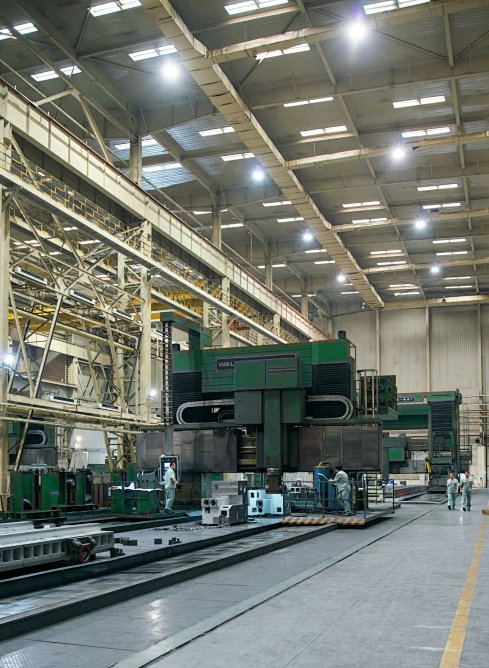Forced vibrations and installation requirements to pay attention to during machining
Jun 17,2020
In the process of large-scale mechanical processing, those processes directly related to the transformation of raw materials into products are referred to as process processes. These effectively include blank manufacturing, part processing, heat treatment, quality inspection, and machine assembly to a certain extent. The manufacturing of tools and fixtures required to ensure the normal stopping of the process, as well as machine tool adjustment and maintenance, belong to auxiliary processes.

The demand for technical personnel in large-scale mechanical processing is based on the quantity of products, equipment conditions, and the quality of workers. During operation, the process to be adopted is determined, and relevant content is documented as process documents, which are called process specifications. To facilitate the preparation, execution, and management of process specifications, the process needs to be divided into different levels of units.
Large-scale mechanical processing consists of processes, devices, workstations, work steps, and tool paths. Among them, the process is the fundamental unit of the process. The mechanical processing process of parts consists of several processes. A process may include one or several devices, each device may include one or several workstations, each workstation may include one or several work steps, and each work step may include one or several tool paths.
Forced vibration in large-scale mechanical processing: 1. Forced vibration: This is the vibration directly caused by external periodic disturbance forces of the process system when operations are stopped. The forced vibration in mechanical processing is no different from that in ordinary machinery, and the frequency of forced vibration is the same as or a multiple of the frequency of the disturbance force.
Causes of forced vibration: The source of forced vibration comes from two main categories: internal vibration sources within the machine tool and external vibration sources outside the machine tool. There are many external vibration sources, but they are all transmitted to the machine tool through the foundation, which can be isolated by adding vibration isolation foundations.
The main internal vibration sources in large-scale mechanical processing include: 1. Vibration from the machine tool motor. Vibration caused by the imbalance of high-speed rotating parts of the machine tool. Vibration caused by defects in the machine tool transmission mechanism, such as gear backlash, changes in belt tension, etc. Vibration caused by impacts during the cutting process. Vibration caused by the inertial forces of reciprocating motion components.
Related dynamics
Contact Us
E-mail:tjjiaxuyan@163.com
Telephone:022-68976188,13821612718
Mobile:18902087888,13802191288
Address:Fengjia Village, Duliu Town, Jinghai District, Tianjin










